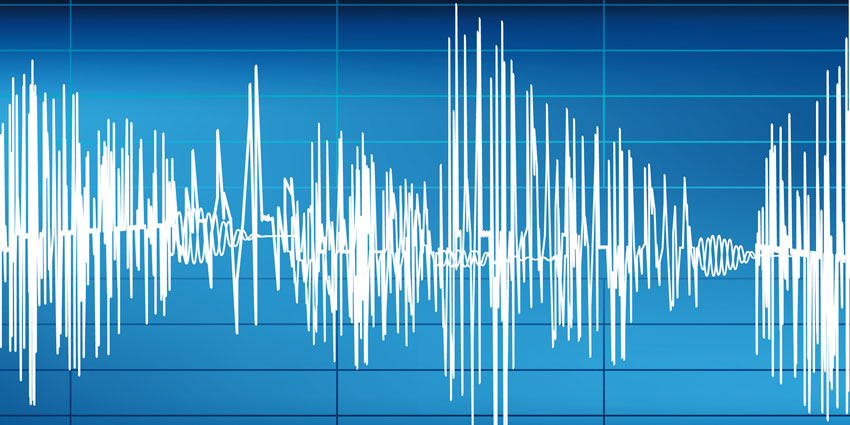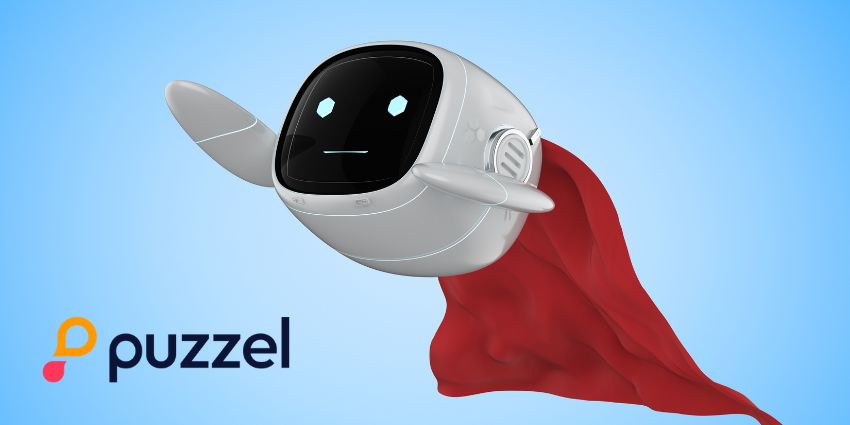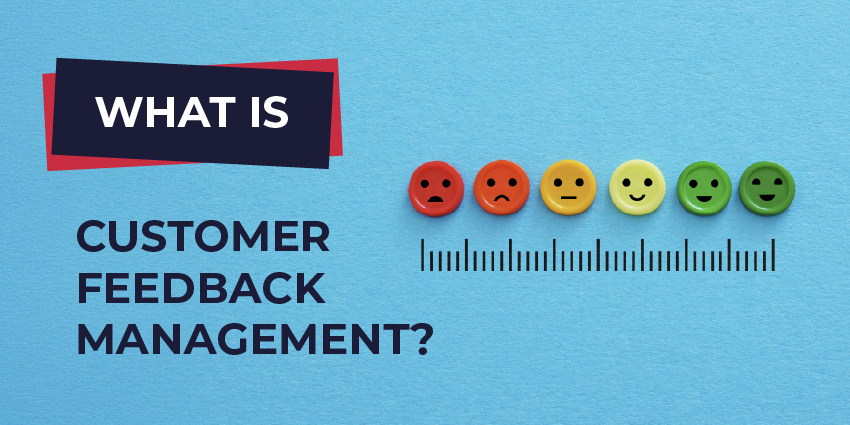As we focus on call recording platforms this month as part of our Technology Track series, we know one big question everyone from small business owners to CIOs will be asking is – what exactly should you look for when choosing a call recording product?
So without further ado, here’s our buyer’s guide to help you out when weighing up one piece of software against the other.
What is Call Recording?
At the very simplest level, any telephone system with a voicemail feature incorporates a type of call recording.
However, although most phone systems nowadays include some capability to record messages and conversations, when we refer to call recording products, we usually mean a separate stand alone platform dedicated to the task.
Dedicated call recorders are intended to handle large volumes of call traffic, with in-built search and archiving features to make it easy to retrieve and play back calls as required. Call recording software will also feature specialist security protocols, such as access permissions, encryption and muting, to help businesses stay compliant with data protection regulations such as PCI-DSS. Some call recording products will also feature call analytics tools.
What is Call Recording Used for?
Call recording is mainly used by companies and organisations with outward-facing contact centres for any combination of the following:
- To monitor service levels and drive improvements in customer service
- To provide a resource for staff training and development
- To ensure compliance with statutory and industry regulations
- To provide evidence in the event of customer disputes
What Should I be Looking for?
Whatever your reasons for wanting to record calls, the important thing is to be clear about your business objectives from the start. The more you want to get out of call recording in terms of actionable insight and informing performance improvements, the more features you will need. Here are some of the key things to consider when weighing up your options.
Recording Features
The basics of call recording cover what you might expect from any audio recording device – you can start, pause and resume recording as required, skip forwards and backwards through a recorded file, adjust volume etc. Depending on your requirements, some additional features to consider might be:
- Stereo recording: In the course of a natural conversation, there is often overlap between one speaker and another, as miscues occur or one party speaks over the other etc. Stereo recording means caller and receiver are recorded on separate channels, so they can be listened to and analysed in isolation. This is useful in dispute resolution if you need to be absolutely clear what has been said
- Cradle-to-grave recording:This basically means recording entire phone calls, including any transfers and referrals, as a single unit, rather than in piecemeal series of recordings. This gives much more complete picture of the customer experience, and makes it easier to evaluate service, rather than having to pull together evidence from separate recordings
- Segmentation / account codes: For longer, more in depth cradle to grave recordings, segmentation makes it easy to recover specific parts of a conversation, for example by jumping straight to when a call is transferred to a particular agent. Similarly, account codes pick up on codes or phrases used by agents, meaning particular parts of a conversation can be located quickly
Call Retrieval and Archiving
The general rule of thumb with call recording systems is to choose products which make retrieval as simple as possible. This becomes increasingly important the more recordings you make. Here are some things to look out for when considering call retrieval:
- Search categories: Most call recording software will allow users to search recording lists based on certain criteria. The more search options there are, the easier and more flexible retrieval becomes. Typical categories might include searching by date, time, extension, agent ID, hunts group, caller name, number and so on
- Stream and download: For speed and convenience, many businesses prefer recording platforms which allow them to stream recordings direct from the data source, rather than having to wait to download them. However, the option to download also gives added flexibility, for example if you want to use the recording in other applications
- Single pane of glass: The ability to monitor and manage everything you need on the one screen (or ‘single pane of glass’) – instead of having to use multiple applications or data stores to gain a complete overview
Security
Recording a telephone conversation is considered a form of processing private data under the terms of the Data Protection Act, and is therefore subject to privacy regulations. There are additional sensitivities around certain types of information, particularly financial details or information about a person’s health. It is important that you choose security features relevant to the types of information you might be recording.
General security features include access control and permissions to ensure only the people who need to can access recordings. Check what kinds of protection are available for call storage, for example whether it is behind a firewall, and look at encryption features, especially if recordings are to be moved from one place to another across a network.
Many industries have specific rules about storing data for mandatory lengths of time, so flexibility in your storage and archiving rules is important. If you handle credit card transactions over the phone, you will need to be compliant with PCI-DSS regulations, so choose a call recorder which will mute card details automatically.
Scalability
How many calls do you aim to record, and how long do you need to keep them for? Even if you requirements start off low, it is best to keep your options open. You might start to receive higher call volumes as your business grows, and that might create more of an incentive to record calls to monitor service levels. Many software platforms nowadays will support recording up to 100 per cent of all calls, which gives you unrestricted scope for future monitoring.
Integrations and Value-added Features
Finally, your choice of call recorder may well depend on the added little extras which will really drive value when deployed in your business. Call recorders which are compatible with CRM, analytics and other business applications are useful in a number of ways, from allowing you to open and use recordings in a wider range of platforms, to allowing you to efficiently use the information on the recording to inform customer profiles or data analysis without the need for transcription.
Analysis tools such as speech analytics, speech-to-phrase and built-in surveys can greatly improve the insight you gain from recordings, by automating how you evaluate customer attitudes, script compliance, upsell success rates and so on. In addition, look to see if the product records anything else aside from just calls – does it, for example, integrate with email and IM to help build up a more complete picture of the customer’s journey, or does it use key logging and screen grabs so you have a record of what the agent does on screen as the conversation progresses?







